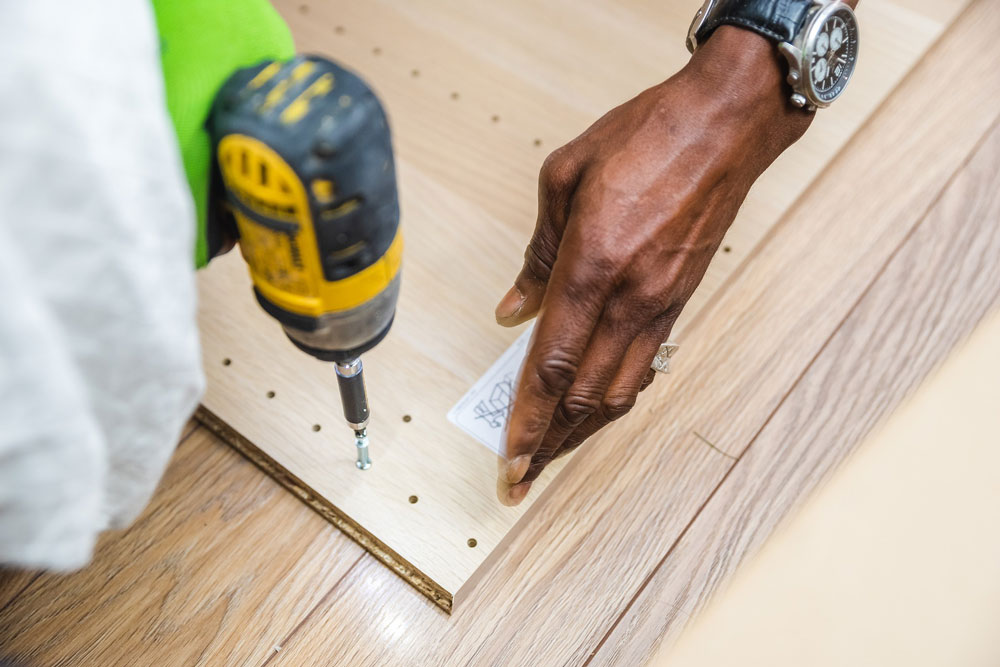Table of Content
If you're looking to get PAT testing carried out for your commercial or domestic property, we're here to help.

Therefore, it is not a legal requirement to have a PAT inspection sticker or certificate, the obligation is that equipment must be safe. New equipment should be supplied in a safe condition and not require a formal portable appliance inspection or test. However, a simple visual check is recommended to verify the item is not damaged. Cracked casing can expose the electrical wires/components in an appliance, increasing the risk of electric shock and fire damage.
Summer House
PAT testing is the inspection and testing of the safety of electrical appliances. This is done by a visual inspection that includes looking for frayed cables, damaged insulation, broken plug tops, general damage, and exposed live parts. The Electricity at Work Regulations 1989 require that any electrical equipment that has the potential to cause injury is maintained in a safe condition. However, the Regulations do not specify what needs to be done, by whom or how frequently (ie they don't make inspection or testing of electrical appliances a legal requirement, nor do they make it a legal requirement to undertake this annually). I am looking for the requirements in the United States of America for the in service inspection and testing of portable appliances. In particular the testing required for electrical equipment used on construction sites, such as drills angle grinders and similar.
This includes everything from the office photocopier and computer monitors, to the kettle and microwave in the kitchen. CPD is globally recognised by employers, professional organisations and academic intuitions, thus a certificate from CPD Certification Service creates value towards your professional goal and achievement. CPD-certified certificates are accepted by thousands of professional bodies and government regulators here in the UK and around the world.
How frequently should portable appliances be tested?
However, a record and / or labelling can be a useful management tool for monitoring and reviewing the effectiveness of the maintenance scheme – and to demonstrate that a scheme exists. No - the PAT testing procedure won't damage your electrical equipment if it is done correctly. For example, electrical equipment in a busy factory will need testing more often than computers and monitors in an office. Some insurance companies ask that businesses have proof of the PAT testing procedure being carried out. This is in order to prove that the electrical equipment on their premises is in a safe condition.

PAT Testing, or Portable Appliance Testing, must be undertaken in order for companies to fully comply with the Electricity At Work Regulations. Testing is required because, during everyday use, electrical appliances can become worn or damaged. However, for businesses to ensure that their electrical appliances remain safe, business owners should take a risk-based approach to deciding on the frequency of tests. Factors such as the age of appliance, how often it is used, and recommendations by the manufacturer should be taken into account.
User checks
Uniquely numbered with a permanent label, each appliance tested is logged into our test database which handles over a million results annually, providing reports and schedules in both, printed and digital formats. The current law requires that all employers maintain portable appliances and ensure their safety. This is done through testing of the appliances to safeguard against damage and to make certain that these items perform properly.

Compliance to this has to be declared and indicated by the display of the CE mark on the product. The responsibility for this lies with the manufacturer or the importer and is policed by Trading Standards. However, the introduction of the5th edition In-Service Inspection and Testing of Electrical Equipment code of practice specified you should carry out a risk assessment to determine how frequently electrical equipment is PAT tested instead. The 5th edition In-Service Inspection and Testing of Electrical Equipment code of practice recommends that you should carry out a risk assessment to determine how frequently your electrical equipment should be checked. This can be done by hiring an external company to test all the electrical products in a business or it can be done in-house by a competent person.
Formal visual inspections
Most are equipped with an earth continuity test, insulation resistance test and the ability to check the wiring of detachable mains cords. Many do not however include tests which involve applying mains power to the appliance under test, for example, a protective conductor current or touch current tests. The main kind for businesses are simple PASS/FAIL testers that are easy to use, and are aimed at in-house PAT testing with minimal interpretation of results. Advanced PAT testers can give much more information and testing features but are mainly aimed at more highly skilled users. The frequency of portable appliance testing is determined by several factors.
CPD UK is globally recognised by employers, professional organisations, and academic institutions, thus a certificate from CPD Certification Service creates value towards your professional goal and achievement. It is imperative that employers, landlords and self-employed individuals follow the rules to ensure that their workplaces are safe. Testing can be done by any number of PAT testing companies or individuals can obtain certification to perform their own testing by successfully completing coursework in this field. As a rule of thumb a large drill in a busy workshop will require more regular testing than a computer within an office environment.
A leakage current test performed at rated voltage with values not exceeding 5mA for Class I appliances or 1mA for Class II appliances. This test shows the resistance offered by the earthing rods with the connection leads. Advising the user of potential danger signs can result in problems being picked up before they can result in any danger. For example, if the power cable is frayed or the plug is cracked, users need to be advised not to use the appliance and report the fault to a supervisor. This information can be put across, say by the use of a poster or in a memo. User checks are always carried out before the operation, and the results are generally not recorded unless a defect is identified.

If you're not sure, forward them a copy of your last PAT testing report or asset list if you have one. If you have carried out a risk assessment, this will help you determine how long to leave between tests. If there are any remedial works that need doing when PAT testing, for example, a fuse needs changing or a plug needs replacing, our engineers will carry this work out as part of the procedure. 'Portable appliance testing' is not entirely accurate, as PAT testing also applies to fixed appliances that can't be moved. We've put together a comprehensive guide to PAT testing that will answer your questions. This article will help you understand the meaning of PAT testing, what the PAT testing procedure involves and answer your frequently asked questions about what needs to be tested.




















